AKASHA 2019: Metamorphosis Part I
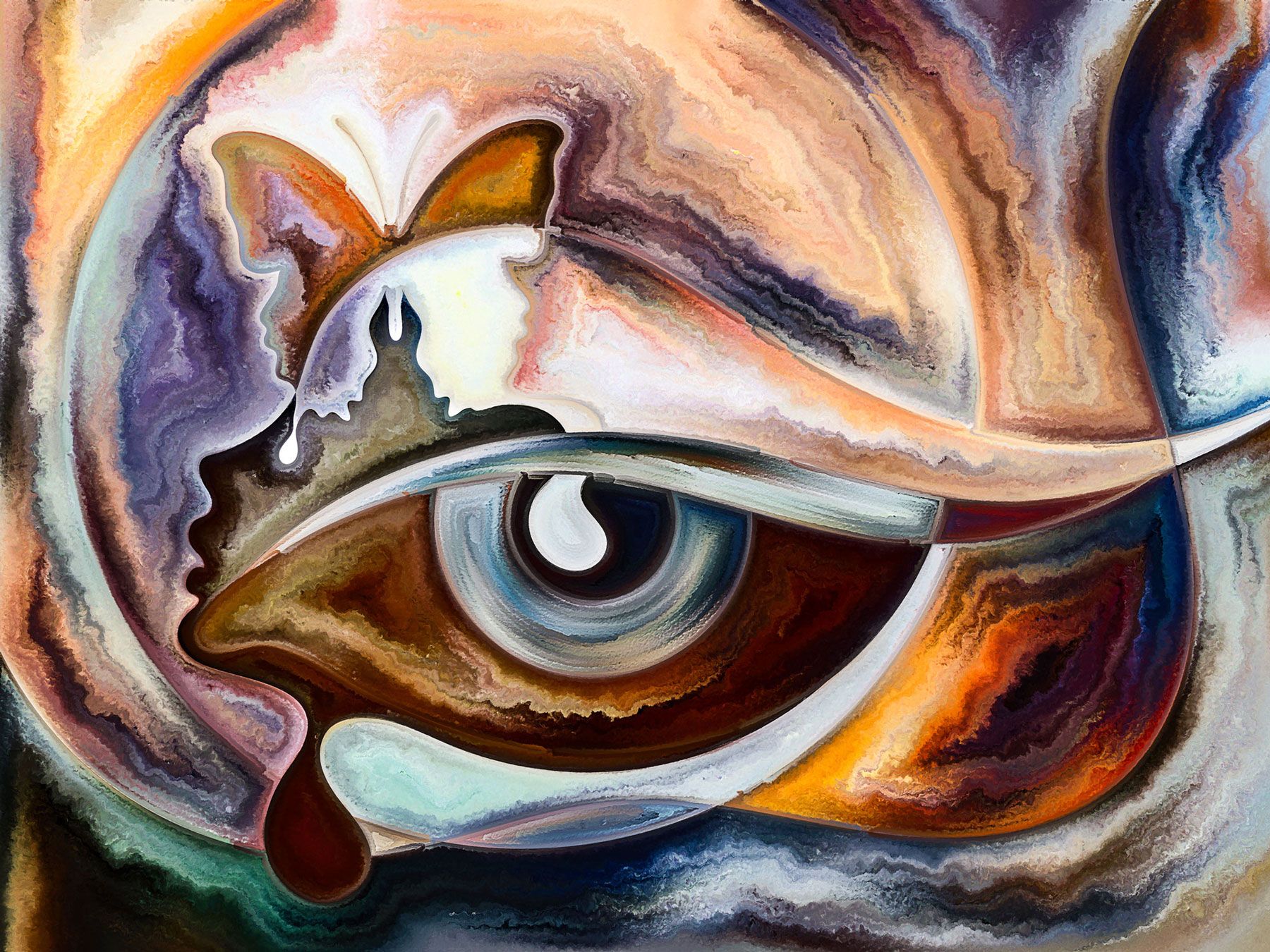
This post has been in the making (and remaking) for months now, through every conversation and interaction we had as a team, project and community. This will be the first of a series of posts breaking the silence surrounding AKASHA.
From the outside, it might have seemed at times like not much was happening or, even worse, that the project is “dead”. We’re still here, alive and kicking, even though it was hard to tell.
On this note, I personally apologize for not being more communicative during all this time.
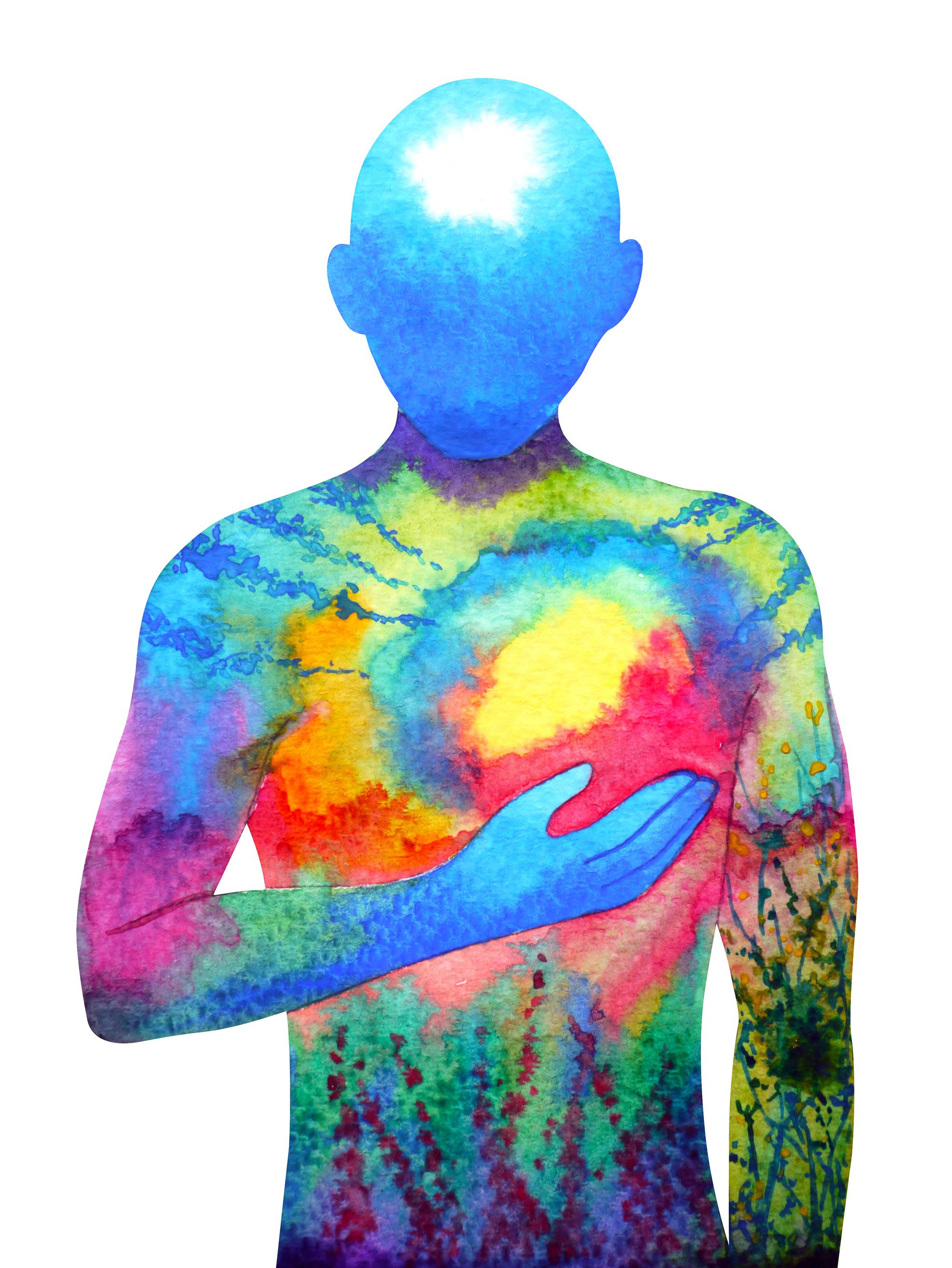
The main reason behind this communication gap was that the very essence of what AKASHA is and what it can become has grown into something new.
It is very challenging to write about something that you don’t yet understand fully yourself. At least for me. I tried a few times to write a post just to find myself stopping in the middle of it thinking “wait, is this it?!”
So, we all took a moment to do some profound thinking about the many possible ways forward without wasting energy on pretending that we have “the” answer(s).
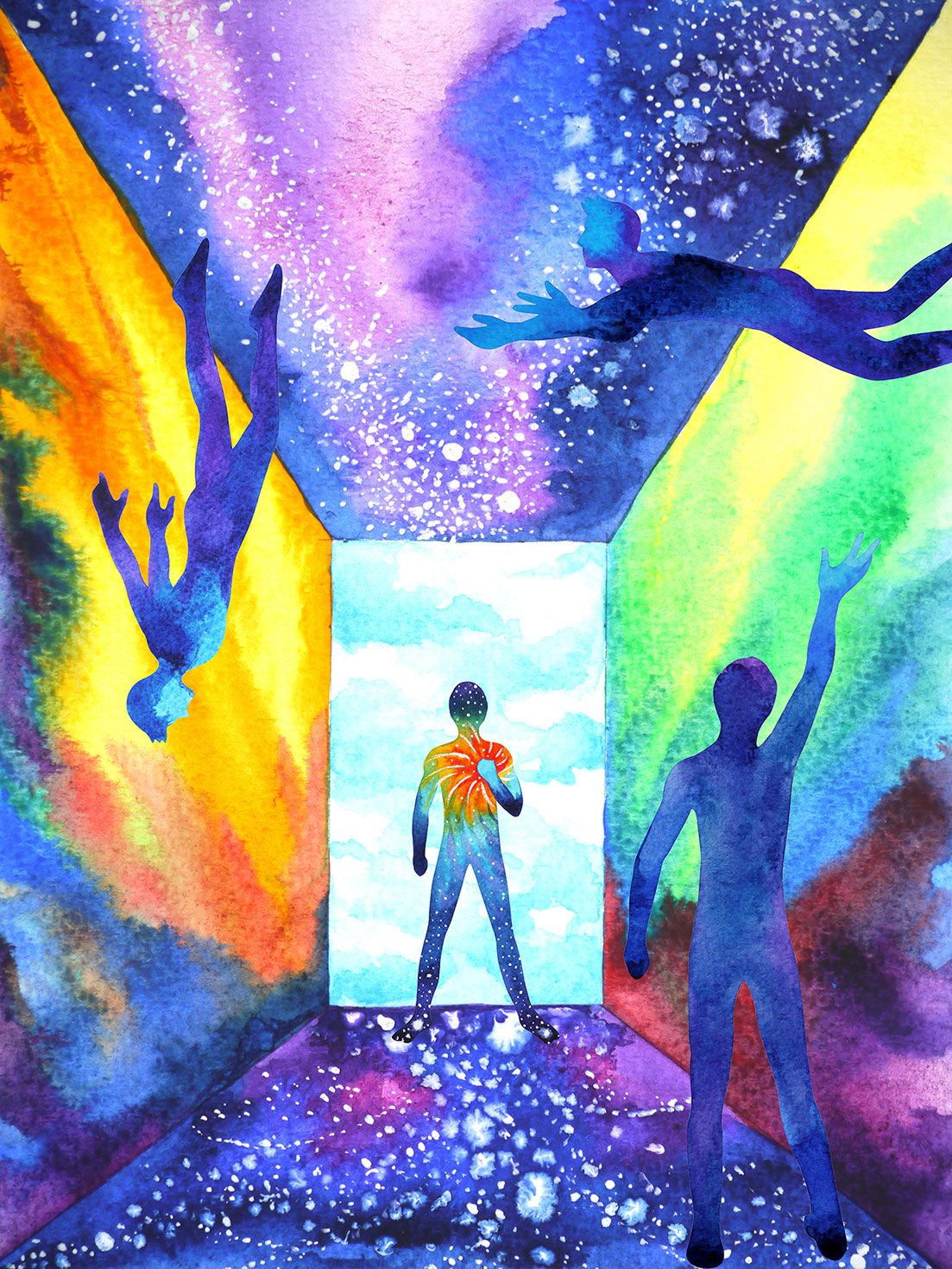
This is why, for the sake of broader exploration and deeper understanding, we sacrificed the clarity associated with well defined long-term plans. This is generally a bad idea and many would advise against it. As the old military aphorism goes: plans are worthless but planning is everything.
The upside comes when promising ideas are uncovered, ideas that we might otherwise have missed. One could also argue that it is very hard (or even impossible) to succeed in the long-term without taking time to explore the possibilities — especially when considering the “blockchain” space as whole and how little is actually known today.
However, lack of clarity is also dangerous because it can cascade rapidly into chaos, especially when it comes to the “what” and “how.” Not to mention that without a strong “why” it’s easy to get lost forever in this uncharted multiverse.
It’s a dangerous dance filled with uncertainty.
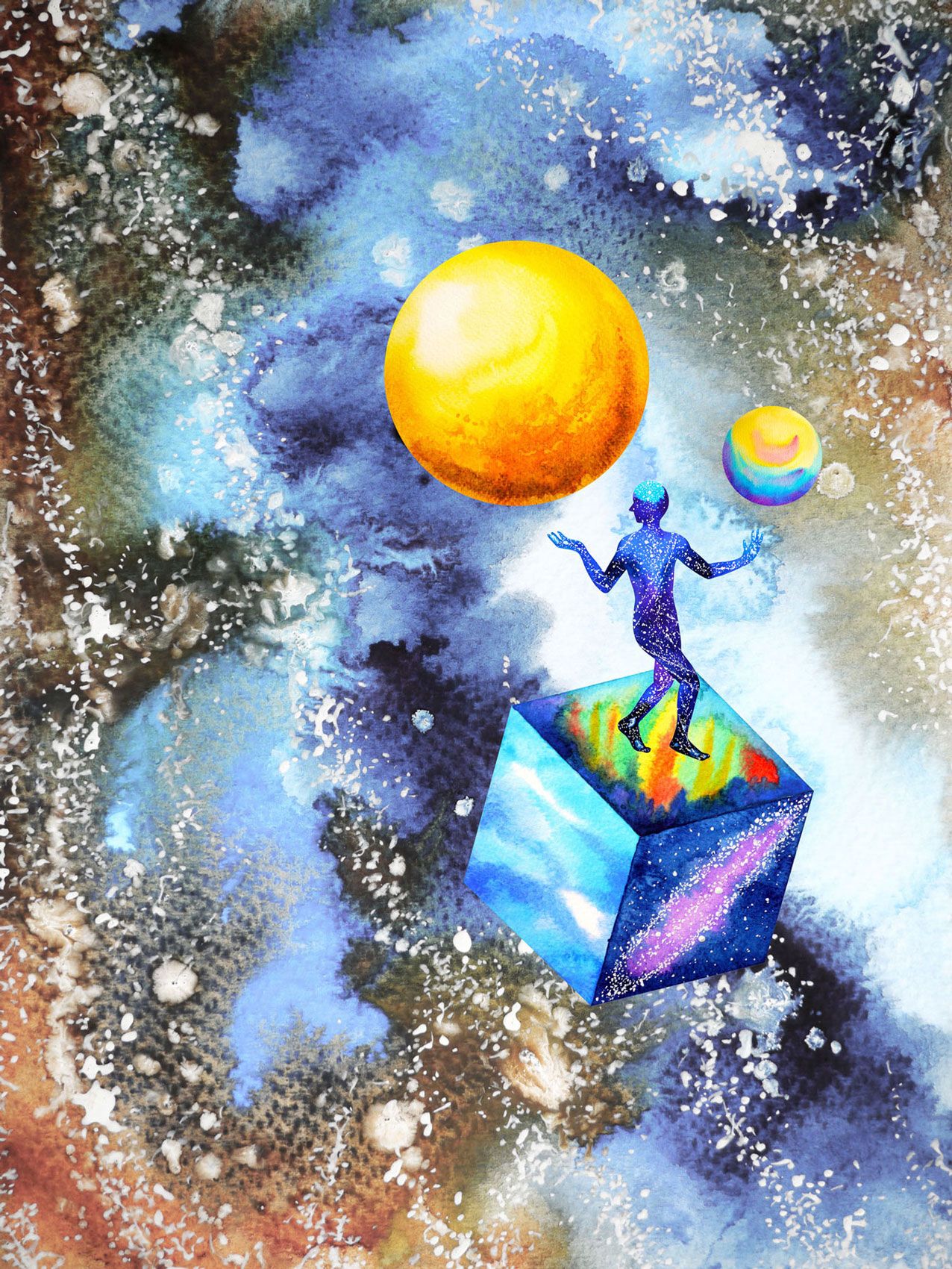
The longer the dance, the bigger the chance of eroding the morale of the team, project and community. On the other hand, this risky dance is key to opening new fractals of possibilities and unlocking new ways of thinking.
We’re excited to be in this point where we can finally share some of these insights with you and we are looking forward to hearing your thoughts!
But, before moving on, I would like to give a BIG SHOUT OUT to those of you that kept us in their minds and hearts even during this long pause! You’re awesome!!!
And not lastly, a BIG, BIG THANK YOU!!! to everyone caring enough about AKASHA to read these lines. We hope you’ll enjoy the new horizons described in this post as much as we do!
\o/
Highlights Conferences 2018: Heidelberg Laureate Forum

Not all those who wander are lost. — J.R.R. Tolkien, The Fellowship of the Ring
Starting with the EDCON conference in Toronto in May, we also attended the Cryptscience unconference in Zug, the Present and Future Regulatory Environment on Blockchain at EU Level event in Bucharest, the Heidelberg Laureate Forum, and the first Blockchain for Science conference co-organized in Berlin.
Although each event was unique and amazing in its own way, the Heidelberg Laureate Forum (HLF) stands out from the crowd. Those interested in the other events can find more info on EDCON and the presentation in this article, alongside this video with Martin presenting at Blockchain For Science.
When I received the invitation to speak at the HLF I have to admit that I did not know exactly what to expect. The invitation came to me as a bit of surprise but the good kind of surprise. It looked different from all the other conferences I attended until then and with speakers of the highest academic caliber — many with a Fields Medal or Turing Award, both the equivalent of the Nobel Prize for mathematics and the computer sciences respectively.
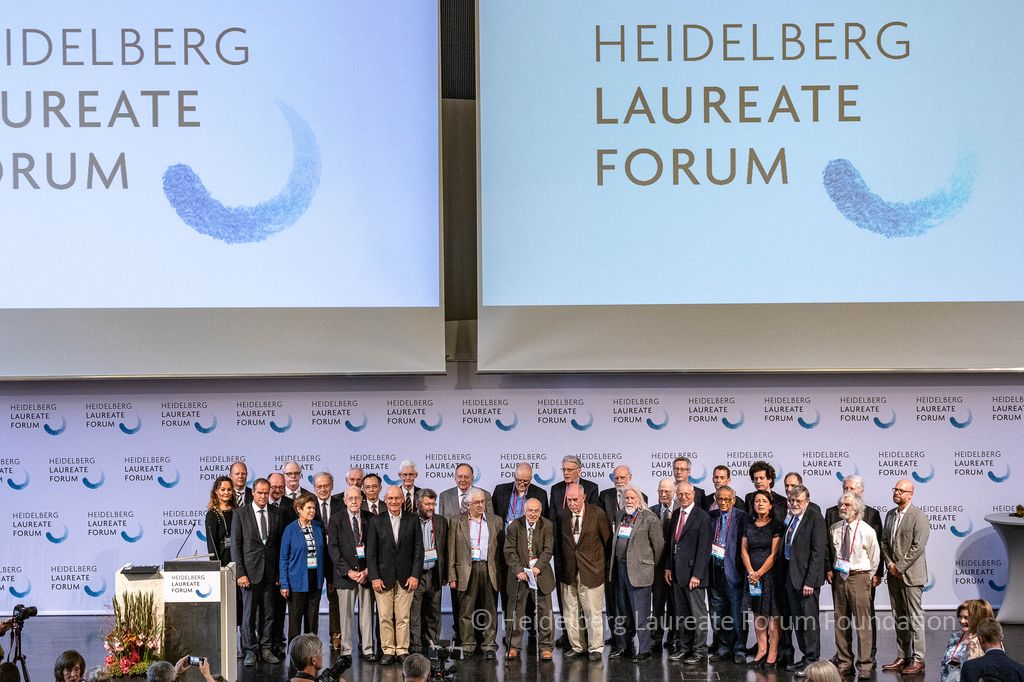
At first I felt intimidated but also grateful to have the opportunity to interact with some of the brightest minds on the planet and discuss ideas that can improve the world.
“Epic” I thought to myself.
When we arrived, I received a request for a press conference as many journalists asked for an interview. The questions varied from concerns related to the climate impact of proof-of-work energy consumption to more specific questions such as “how could blockchain help refugees?”
Overall, it’s clear that the general level of awareness and understanding when it comes to “blockchain” is increasing from one year to the next. Cool.
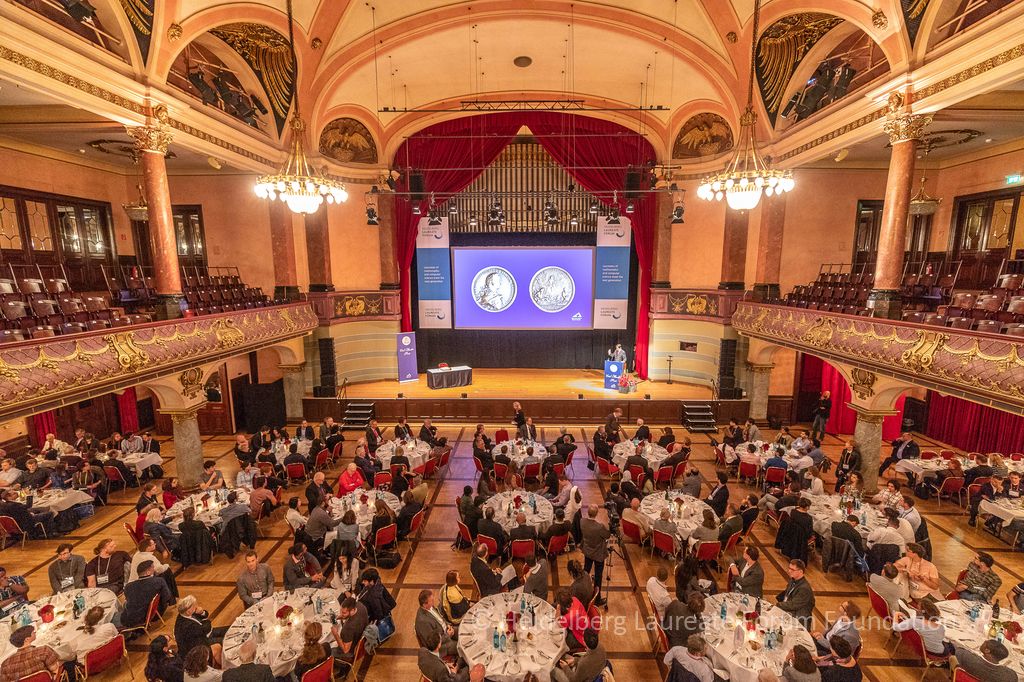
That evening at the dinner ceremony, Vint Cerf received an honorary badge for his lifetime contributions as one of the "fathers of the Internet". It was also an opportunity to meet my fellow presenters for the sessions scheduled the next day.
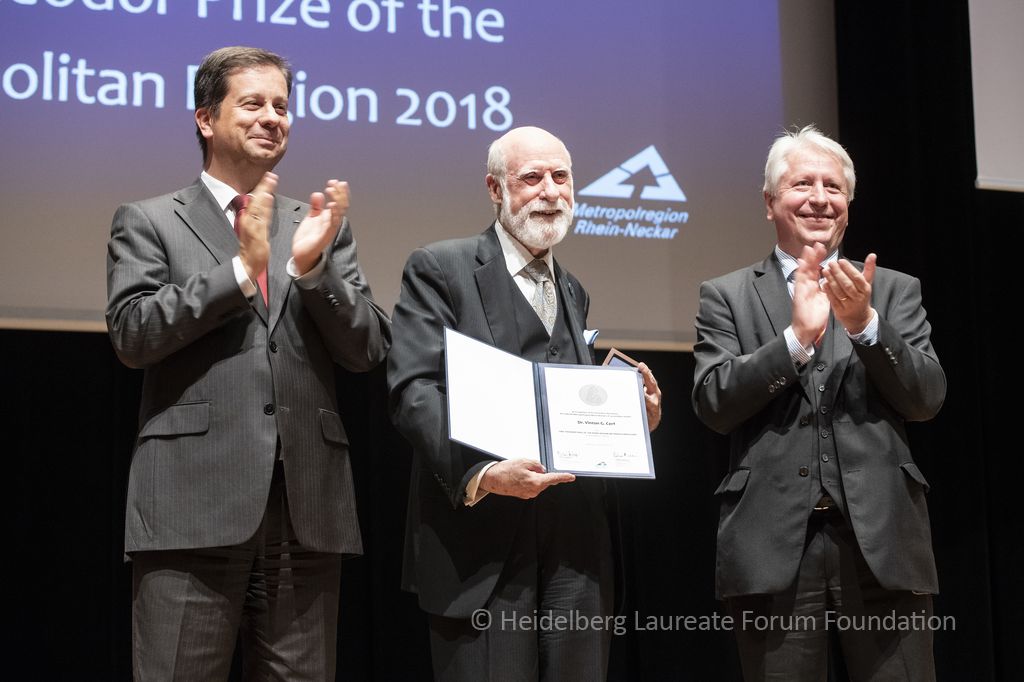
Although I came in originally feeling a bit out of place, I found myself surrounded by engaging and friendly people. I did not feel out of place anymore, but rather part of something bigger.
During the next day, our AKASHA presentation focused on our active research. This includes conversational DAOs, (inter)personal data and concepts like social identity. The intention was to make it clear that “blockchain” can mean more than cryptocurrency, to inspire the audience to contemplate use-cases going beyond the now classic “digital currency” scenario.
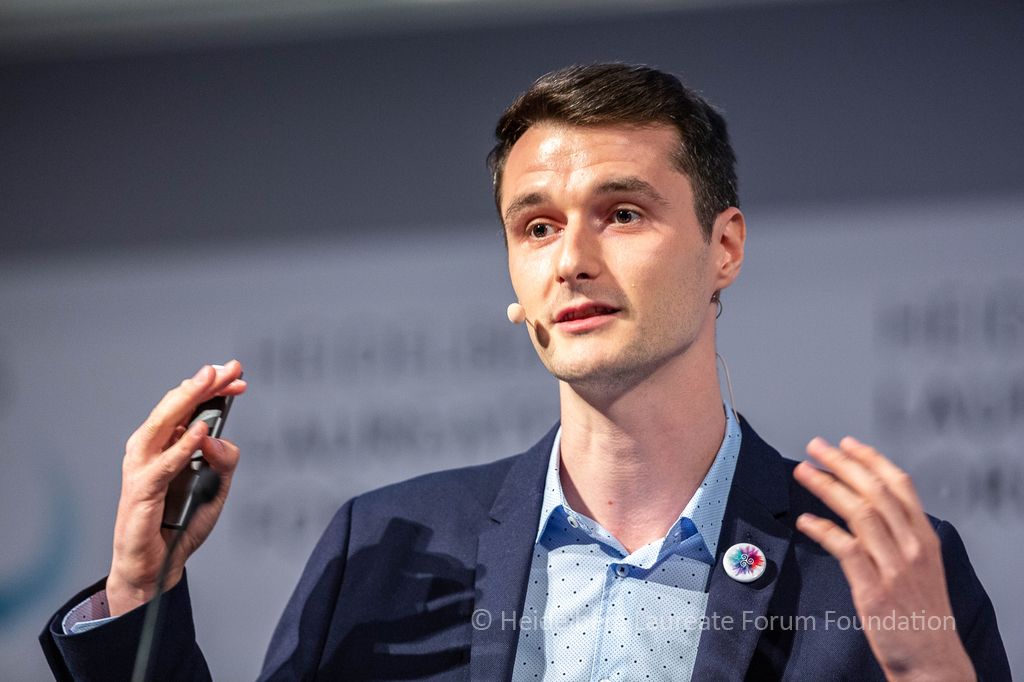
Those interested in watching our HLF presentation can find it here, alongside the panel discussion where we touched upon various topics including emergent social networks, self-governance and self-organization.
After the panel discussion we were whisked away to the Speyer Technic Museum where we had another opportunity to mingle and exchange ideas.
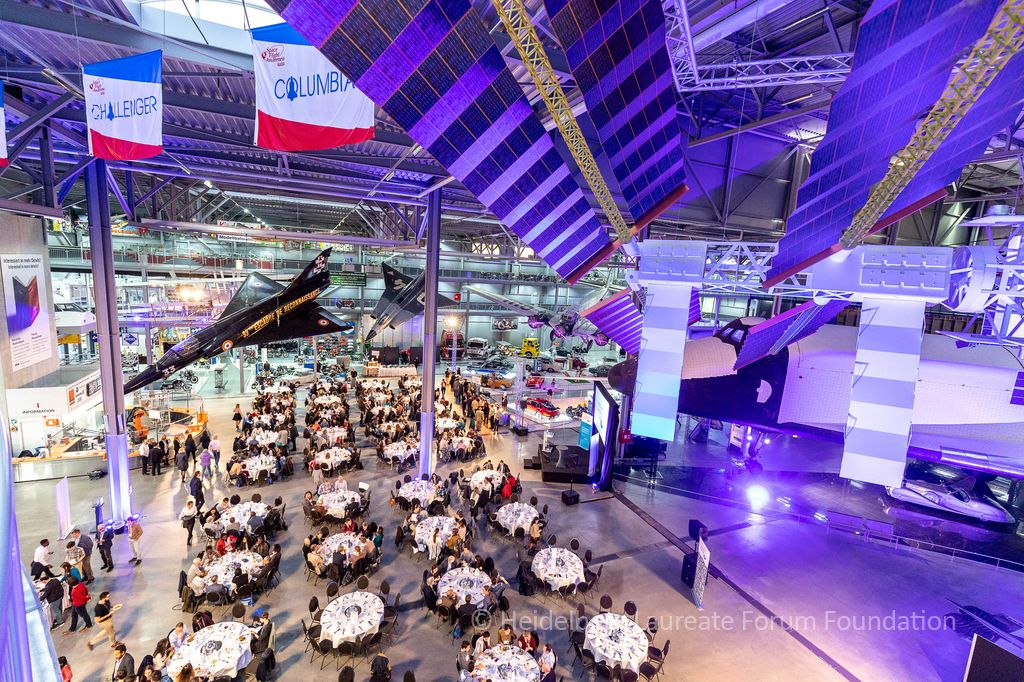
And yes, for those wondering, that big space shuttle you see in the pictures is the Buran - a russian space shuttle that actually flew to space. Just the kind of backdrop you need for a brief exchange with Whitfield Diffie.
During this special evening taking place in this amazing place, shaking hands with Vint Cerf and talking about interplanetary Internet, IPFS and Ethereum felt surreal. I almost asked for a selfie, but I didn’t want to ruin the moment -_-;
Sitting at the dinner table with the ACM (Association for Computing Machinery) committee, president and ex-president was also very, very enjoyable. Among other things, we found ourselves discussing blockchain, climate monitoring and rapid response solutions when disasters strike.
Before the end of the evening, we also had an amazing presentation from Professor Stefan Jordan on the ongoing efforts by the European Space Agency's GAIA mission to create the most comprehensive map of our galaxy.
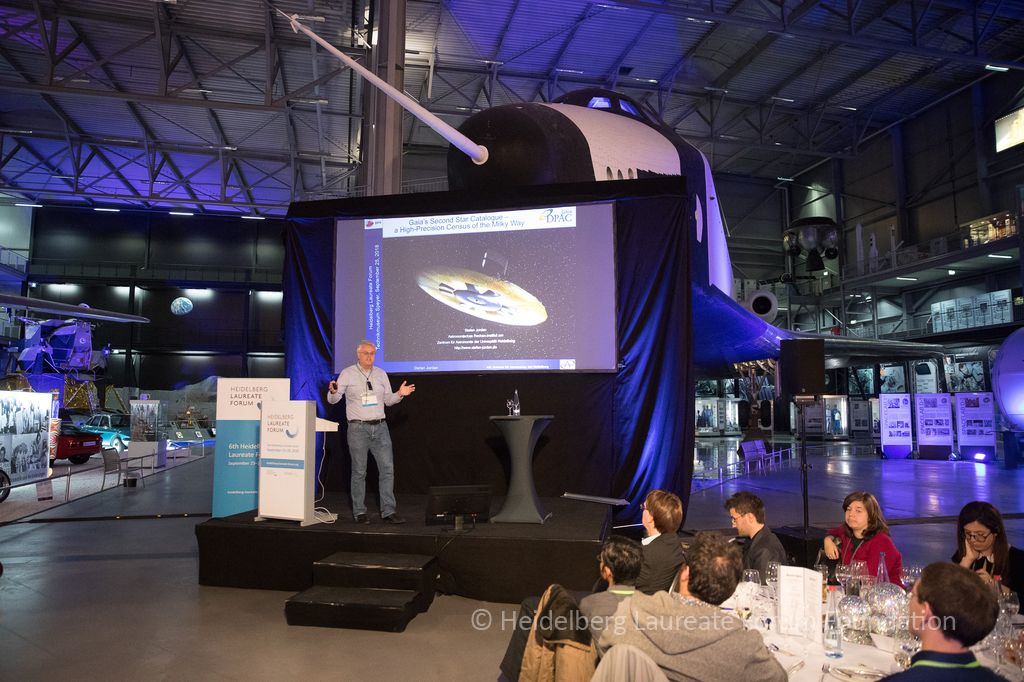
We left Heidelberg inspired and energized to buidl something shooting for the stars. Also, we left knowing that both the academic and blockchain communities have (many) things to learn from each other and that the most promising way forward is to tackle the biggest challenges we face from a multi-disciplinary perspective.
It's still (very) early, but we hope that through our presence we helped to plant the seeds and build the bridges needed for this to happen.
Expanding our Collective Mind
Walking with a friend in the dark is better than walking alone in the light. — Helen Keller
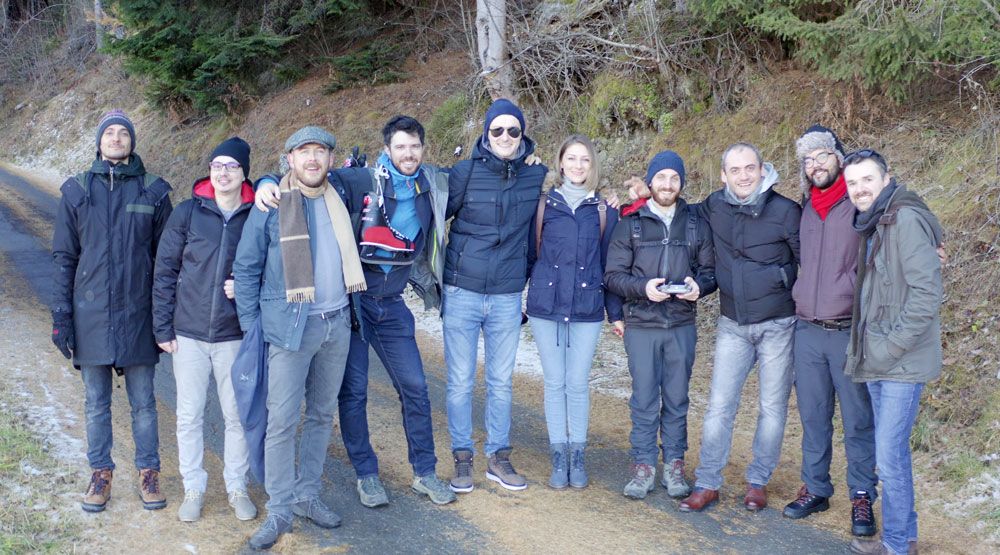
We are missing Anderson, Mariana, and Belen in this photo, but it’s the most complete one we have all together (for now).
The year 2018 was also marked by growth when it comes to our team. AKASHA expanded to 13 full-time members, each awesome in their own way. To name a few of the new team members:
Andrei is a long-time supporter of decentralization and privacy, having worked at W3C and MIT looking to make a difference in the world. Among other things, he co-authored WebID and previously worked with Sir Tim Berners Lee on Solid. He is also known to occasionally appreciate a glass of single malt, no rocks.
Ânderson is a digital nomad from Brazil, extreme sports aficionado, and a social collaboration and free culture enthusiast. He has twenty years of experience in helping distributed teams to streamline their processes and he believes that distributed systems will help us to raise as a global society.
Belen is an artist at heart researching the philosophy and aesthetics of digital technologies. She co-founded Laboratorio Libertar.io, an educational organization in Barcelona, where she taught and organized events on creative coding and critical thinking. She is using her experience now to establish the Barcelona Hub as a hive of cool activities and events.
Martin is the biochemist in our team. With 12 years of academic biomedical research experience, he joined the team because he believes that new value transactions through the blockchain could transform local knowledge creation. He now leads our efforts to structure groundbreaking research projects and collaborations at global scale.
Philip is an engineer with expertise spanning process engineering, digital innovation, self-sovereign technologies, and org design. He architected the hi:project, endorsed by the Web Science Trust, and co-founded the Digital Life Collective. He was relatively early to Open Data by 'liberating' UK flood data back in 2007, an event that attracted discussion in the UK Parliament and the unhelpful attention of the UK Environment Agency's lawyers.
This is just a brief intro. You can expect an introductory post from everyone in the team with more details. Also, we will continue to expand our team in 2019 so if you are interested in joining us in this odyssey of discovery please check our openings! We'd love to hear from you!
Retreating into the Future
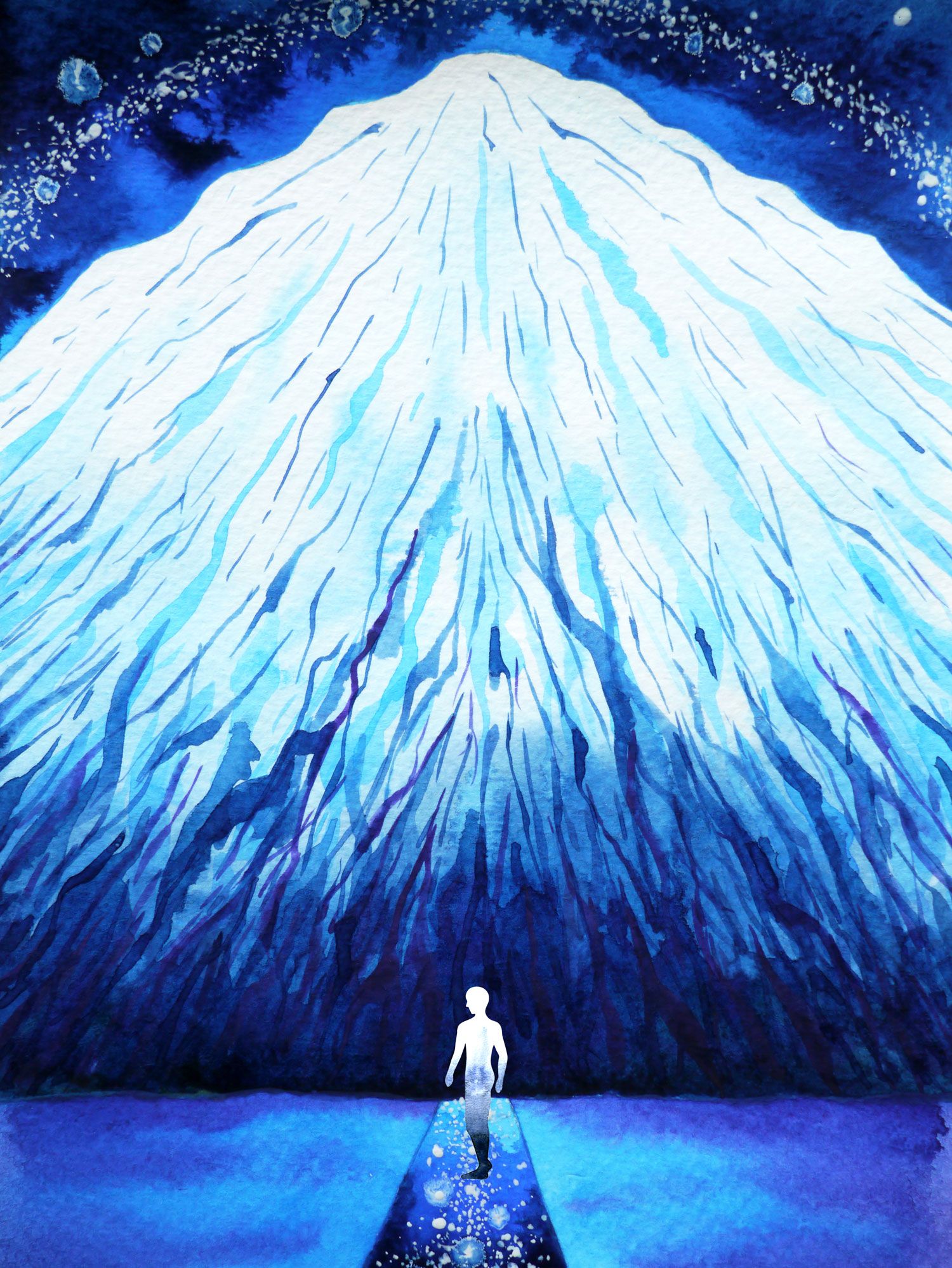
Teamwork is the best kind of work, really. — Sigrid
It’s worth mentioning that we have recently started operating in a fully remote work configuration, with a declared intention to research and experiment with a new organizing framework. More on this in future posts.
That being said, we acknowledge that besides being “online”, both physical spaces and team retreats where people can meet in person and hang out together "offline" are very important.
On this note, a special thank you for the fantastic retreat organized by Roxana — everyone echoed the wish for “one more day together” which makes it crystal clear just how fun and productive it was to spend the time together in the magical Swiss Alps.
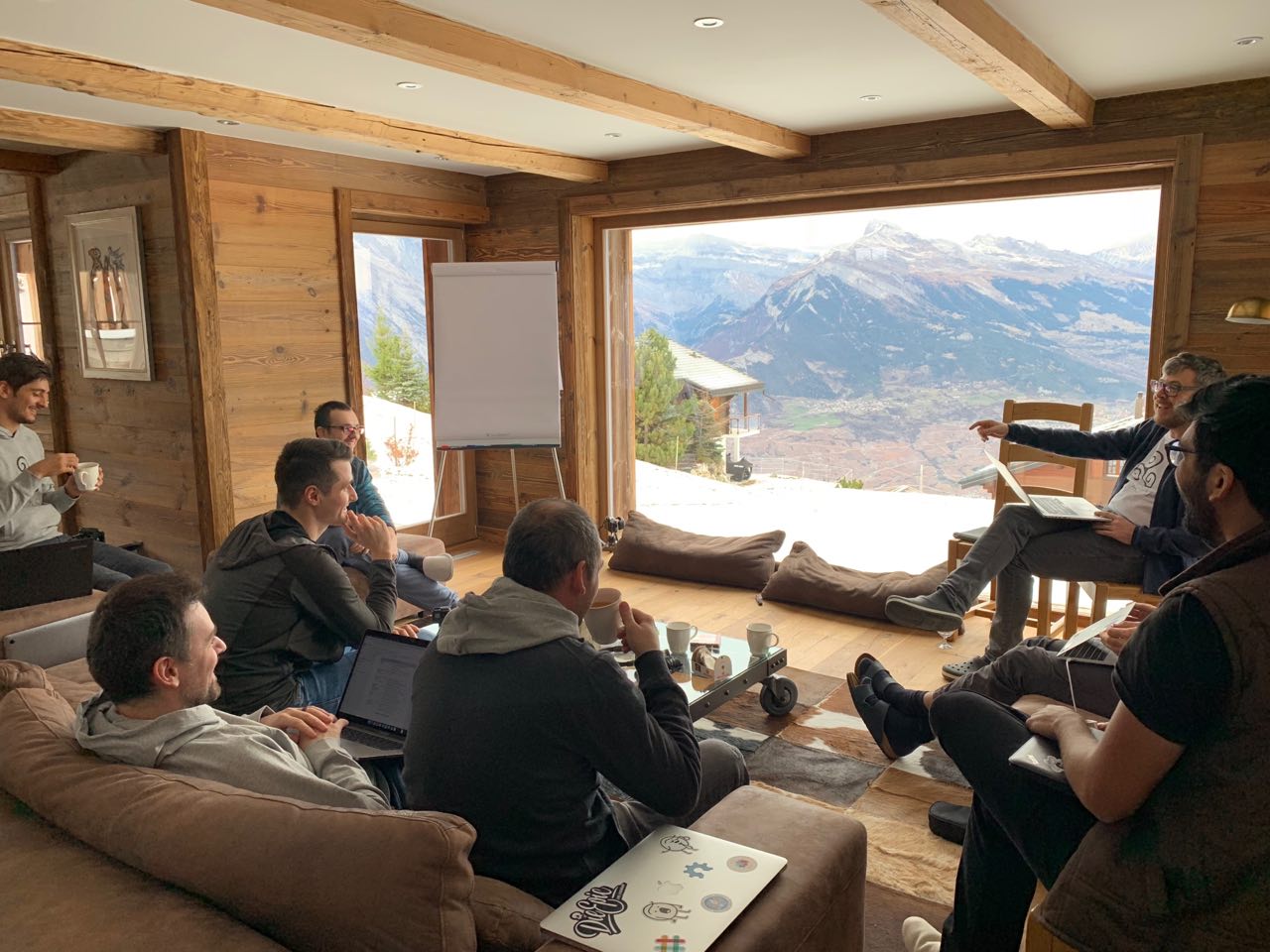
It was our first retreat, and it was epic. Truly epic.

Sometimes in order to leap forward you need to take a few steps back. The intellectual challenges we tackled at the retreat were mainly split on three layers: philosophical, organizational, and technological.
This post is already (very) long so I will not go into too much detail on the first two. I will focus more on the technological aspect, with the other two each deserving future attention here on our blog.
One of the ideas we explored stood out high from the crowd, now known as the Hyperdata Project. In a nutshell this idea leverages the usefulness of linking data across various platforms and silos.
In the context of our dapp to date, this approach shifts the perception from “building a social network” to a more expansive view that regards our innate social nature as something transcending any particular platform or data silo, including AKASHA.
Similarly to how you do not care about the cell provider your friend(s) use when you call them, you should be able to communicate online within your social graph regardless of what platform your friends are using.
Connecting the Dots: from Hypertext to Hyperdata

From now on, I'll connect the dots my own way. — Bill Watterson
According to Wikipedia, Hyperdata are data objects linked to other data objects in other places, as hypertext indicates text linked to other text in other places. Hyperdata also enables the formation of a web of data, evolving from the "data on the Web" that is not inter-related (or at least, not linked).
When talking about links and linking, a hypertext link simply indicates that a link exists between two documents or "information resources". Hyperdata links go beyond simply such a connection, and express semantics about the kind of connection being made.
After discussing a few potential use-cases we agreed that one of the best ways to test this new idea is within the AKASHA dapp, in a staged approach. To explain the differences between the old and new approach I will attempt to highlight the way comments currently work on AKASHA and how they will work after the first stage is implemented.
Before the Hyperdata Project
In the old paradigm, every comment is a transaction with one of the parameters at publishing being the nature of the comment, clarifying if it is a new comment or a reply to an existent comment.
In other words, the comments represent linked events within a smart contract deployed on Ethereum. In the background, when you are loading the comments of an AKASHA post, they are reorganized locally starting from data available in the smart contract which serves as a sort of index.
This approach comes with a few challenges such as costs to publish (although small at ~5000-6000 gas), and the time required for the transaction to be mined. Moreover, the complexity increases with the number of blocks mined which is why sometimes it takes so long to load the comments of older posts.
This approach also has its good parts in the form of persistency “because blockchain”, but when looking at the bigger picture we feel that the drawbacks outweighs the advantages in this particular use case.
After the Hyperdata Project
Similarly to the IPLD dag-cbor, this initiative builds on the idea of a storage agnostic data model and schema for linking data across different domains and platforms. For example, this means that a piece of data hosted on Web 2.0 could link to another one hosted on IPFS, which in turn could potentially link to data hosted even on your local file system.
With that in mind, in the new paradigm we have the following highlights:
- Speed — the comments are published instantly, no need to wait for a blockchain transaction to be confirmed. Also since we don't have to iterate the blocks for the comments list, the process is a lot faster.
- Better scalability — since comments do not involve a transaction we avoid the classic bottlenecks associated with blockchains.
- No costs to comment — the classic crypto chicken-and-egg requiring the users to have cryptocurrency in order to be able to interact is removed.
- Increased flexibility — the actual content of the comment can exist beyond a particular blockchain, platform or specific location.
- Possibility for private discussions — it could be argued that ZK-snarks can be used in the on-chain approach as well, but the costs are very high which makes it less appealing for this particular use case.
- Smoother upgrades — the model / structure can be changed without losing access / compatibility to the previous version(s). Sure, you can redeploy smart contracts in the previous approach as well but things are way more complicated.
When compared to the previous approach, we trade the “rock-solid” persistency associated with blockchains but we gain many other things in the process. The next posts will go into more detail as we learn more about the pros and cons of this approach.
We are operating in uncharted waters here, with no clear understanding of what works and what doesn’t. It will probably take a bit of time and more than one experiment to fully grasp its implications but that’s part of the fun!
And the best part of all this?
In order to join the fun, you just have to post a comment in AKASHA starting with the next release. By doing that we’ll already learn something together, and who knows maybe fix a bug or two in the process :)
How cool is that? :D
In Conclusion
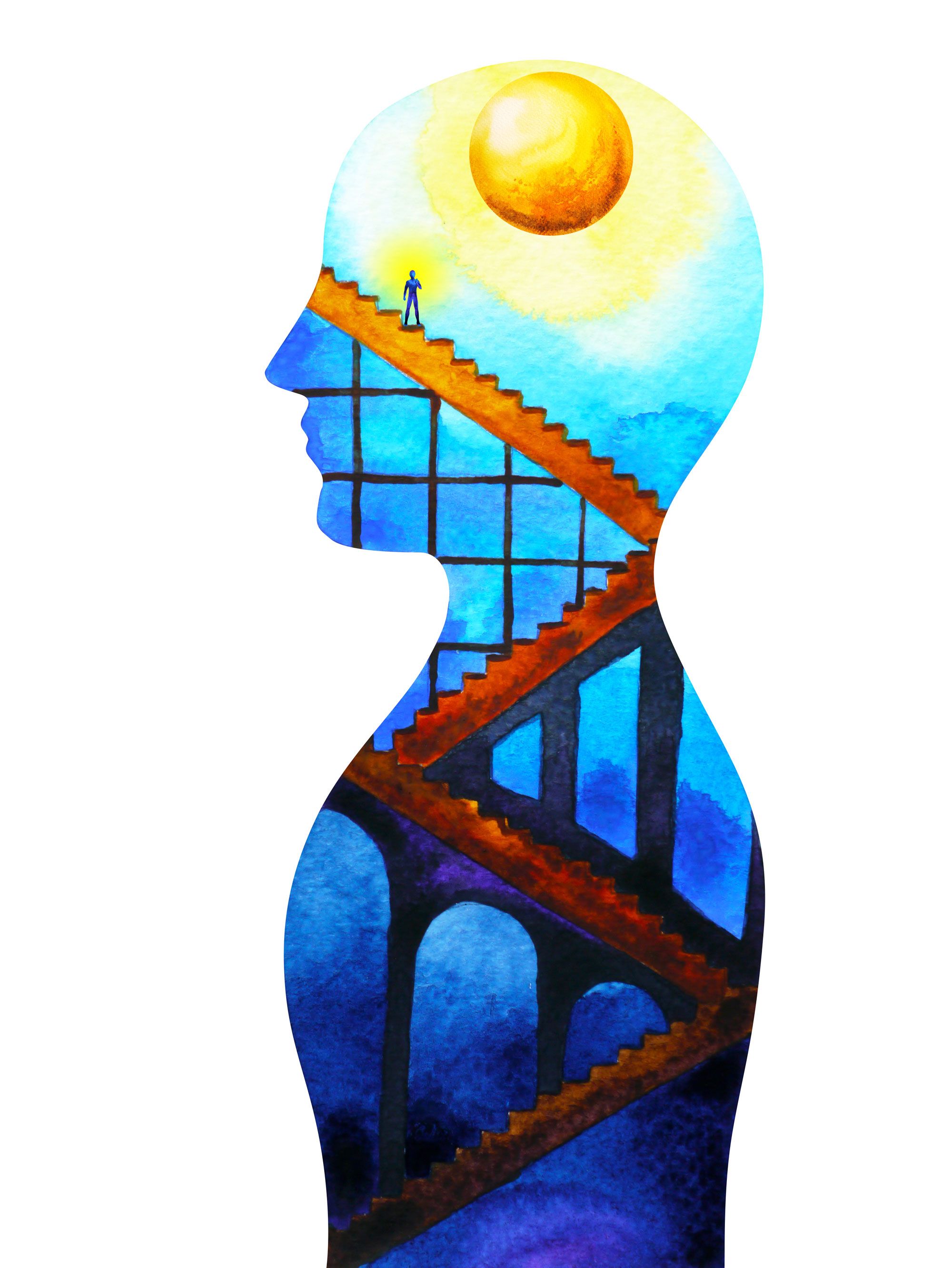
There is nothing in a caterpillar that tells you it's going to be a butterfly. — R. Buckminster Fuller
We started hacking on the AKASHA application about 3 years ago thinking that we’re building a “social network dapp”. We now find ourselves still feeling like we’re scratching the surface just to understand that we’re actually building an “ecosystem” taking the shape of a “social network of networks.”
This journey was frustrating at times because we wanted to “just BUIDL” but looking back, we believe that taking a moment to reflect was the right thing to do. Looking forward I believe we’ll view the second half of 2018 as “the calm before the storm”.
On this note, we're excited to kick-off 2019 with a brand new website at AKASHA.org assembled around a renewed purpose:
We nurture projects helping individuals unlock their potential through open systems that expand our collective minds at local, regional and global scales.
If this sounds interesting to you, head on over to the new website to learn more!
This year will be marked by a transformation of what “AKASHA.world” means as an initiative, seen now as part of a bigger constellation of projects developed under the AKASHA Foundation umbrella.
The AKASHA.org website will gradually expand to include more information about the projects we are researching and developing, so stay tuned! We have some very interesting ideas and projects lined up ;)
If the first versions of the alpha and beta dapps could be seen as the caterpillar stage of AKASHA, the quiet period marking the second half of 2018 would be the chrysalis stage.
During the chrysalis, our shared understanding of what we can build has evolved and benefits now from deeper layers of thinking which are going to be critical in the next phase. And, after this long chrysalis, the butterfly is ready to emerge.
In nature, when the butterfly emerges from its chrysalis, its wings are small and wet, and the butterfly cannot yet fly. This is where we are at the moment with AKASHA — not ready to fly but quite a different creature altogether.
Before being able to fly, the butterfly must pump fluids from its abdomen through the veins in its wings, which causes the wings to expand to their full size. This is where we are headed, figuring in the process also the full extent of our wings.
Looking forward to this year and what this new phase will bring!
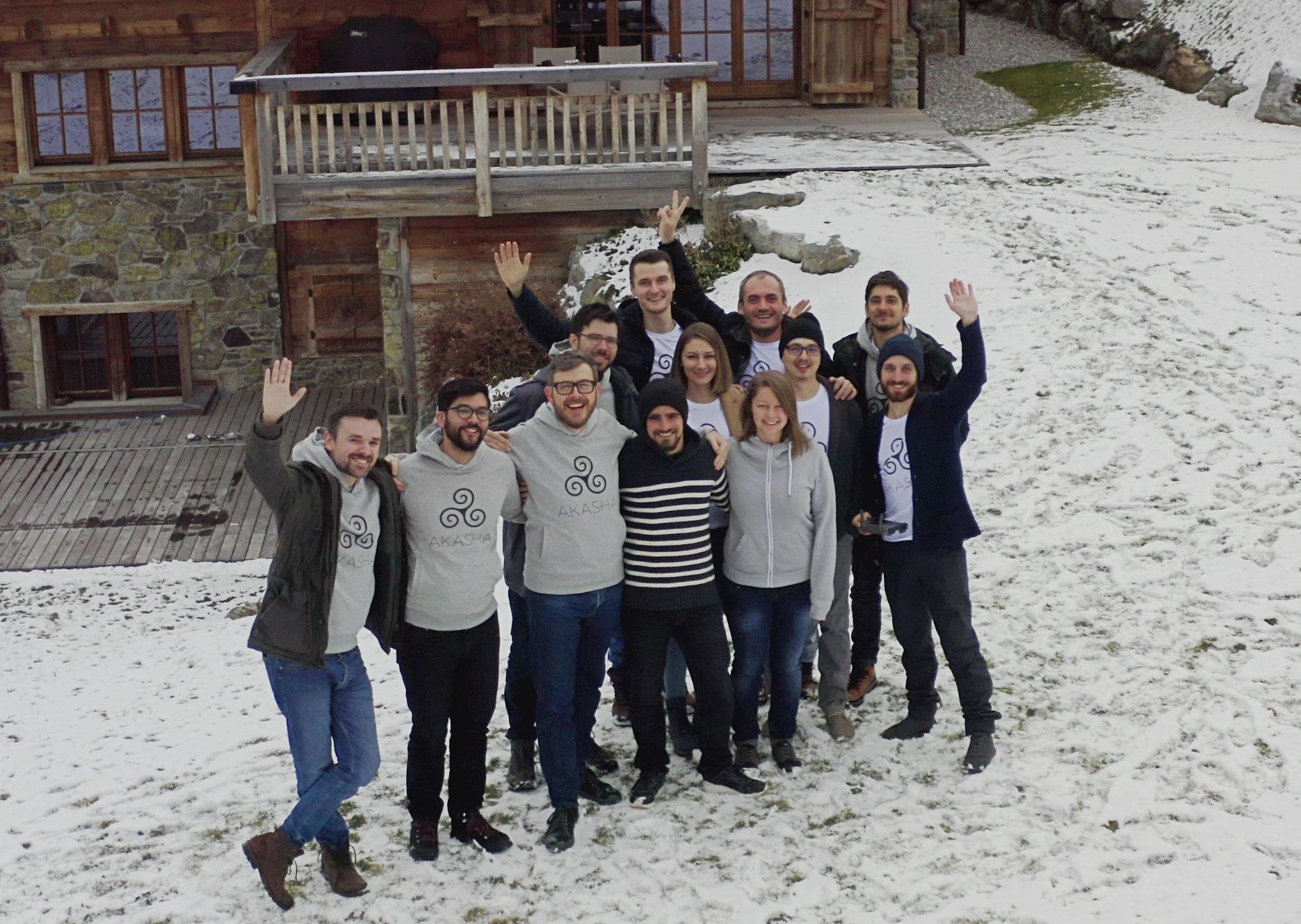
Thank you for being part of this adventure! \o/\o/\o/
End of Part I
